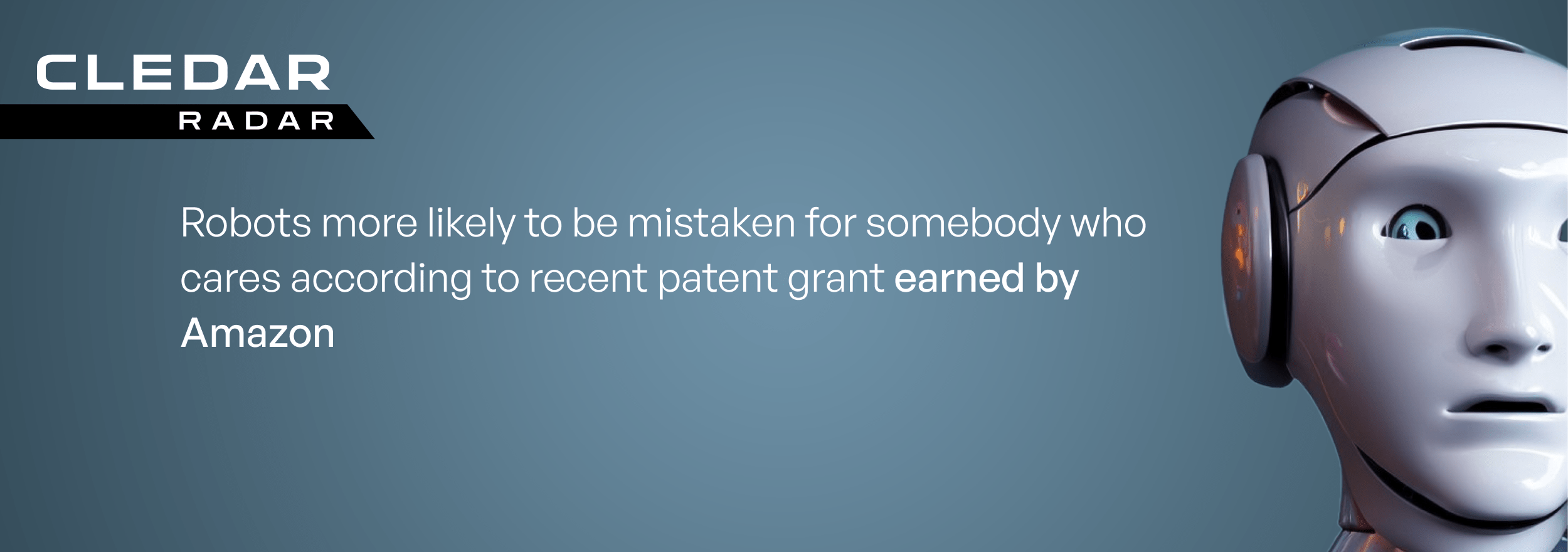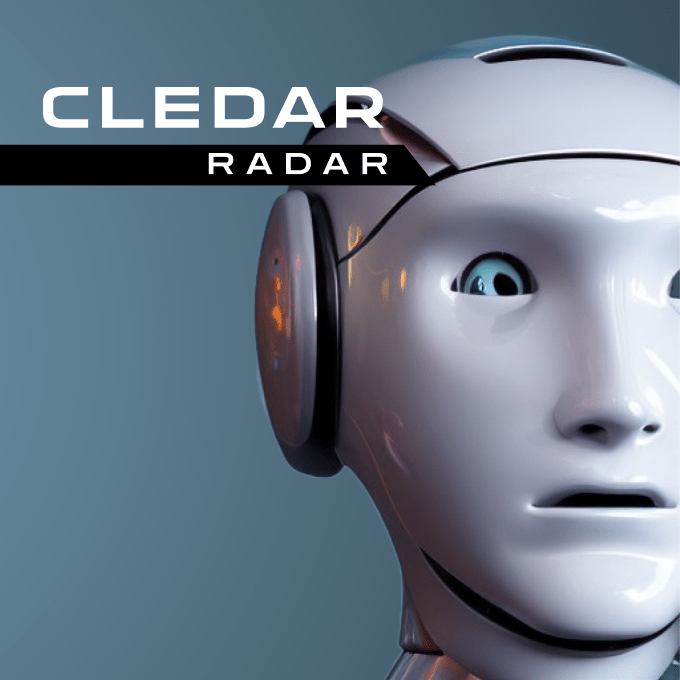Yes, all robots are faking it, but how do you make a robot seem less moody, yet still emotionally invested in your life? Would you be more forgiving of an embarrassed robot? Amazon points out that people find emotion a useful component of communication between one another. Can it be between people and robots?
Amazon was recently granted a US patent that teaches a simulated emotional state of a device – like a physical robot – based on past emotions and contextual information.
Amazon claims to improve upon the traditional system for simulating emotions, which exhibits “significant oscillation” from one emotion to another, such as laughing one moment to wanting to slap Chris Rock the next. Amazon posits that machine learning alone is simply too costly and cumbersome to overcome these sudden mood swings.
Instead, Amazon’s robot is sophisticated, picking up cues – feelings even – from multiple devices, user inputs, time since interacting, 28 sensors, and, of course, words, ascribing pluses and minuses to each hint over time. The daily use is the training. No more erratic outbursts. This means your iPhone might really know when you’re being passive aggressive.



